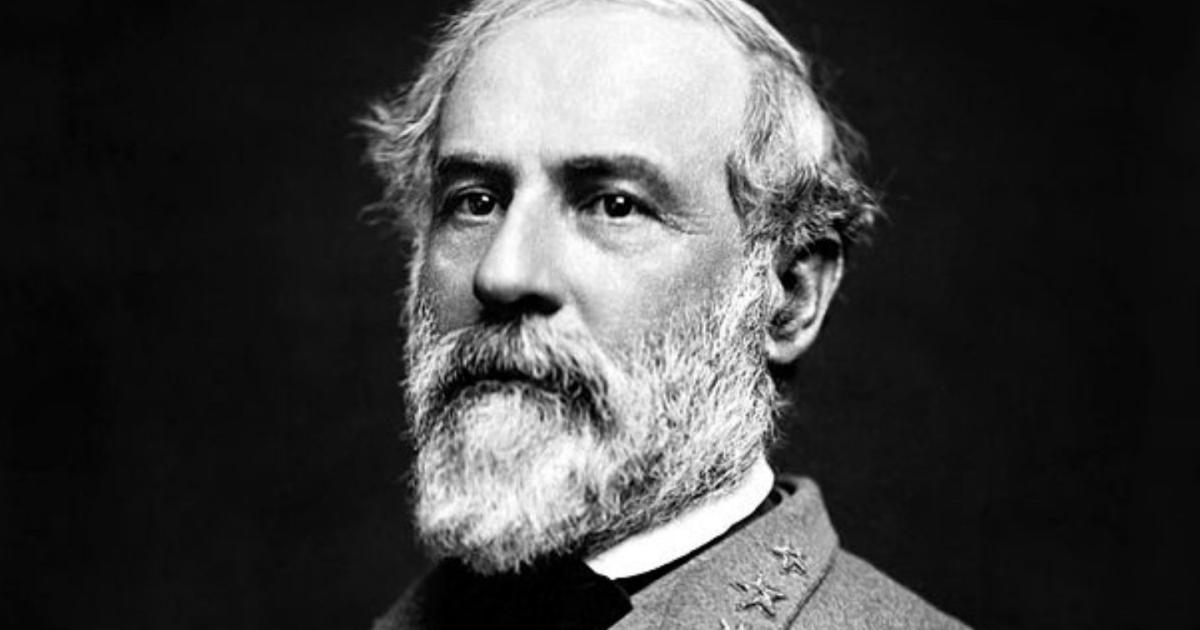No soldier was more beloved or admired throughout the South than Robert Edward Lee (1807-1870). A famous and brave officer, Lee was the commanding general of the Confederate Army during the Civil War. For over three years, he skillfully led the Army of Northern Virginia, the Confederacy’s most effective military force, and by the end of the war, he became the overall commander of the Confederate military. Lee earned respect not just from his own side but from his enemies as well, thanks to his remarkable victories over larger Union forces, achieved through his brilliant strategies and undeniable charisma.
Born in Virginia, the fourth son of a hero from the American Revolution, Lee entered West Point in 1825. After graduating, he was assigned to the Corps of Engineers and served in various places, including Georgia, Virginia, and New York. He distinguished himself during the Mexican-American War (1846-1848), where he was wounded and promoted to lieutenant colonel. In 1855, he was sent to Texas to protect settlers from Native American attacks. When the Civil War broke out, President Abraham Lincoln offered him command of the Union Army, but Lee, despite opposing secession, couldn’t turn his back on his home state of Virginia and joined the Confederacy instead.
He quickly became a key military advisor to Confederate President Jefferson Davis, whom he had known since their time at West Point. On June 1, 1862, Lee took command of the Army of Northern Virginia, where he led a series of successful attacks against Union forces under General George B. McClellan, who was threatening Richmond, the Confederate capital. He defeated the Union forces again at the Second Battle of Bull Run (called Second Manassas by the Confederacy) before launching an invasion of Maryland, hoping to resupply and influence Northern elections that were debating ending the war. At Antietam, the bloodiest battle of the war, Lee managed to fend off Union attacks but had to retreat back to Virginia with his army severely weakened. However, he secured another victory at Fredericksburg and, in May 1863, near Chancellorsville, Virginia.
In the summer of 1863, Lee attempted to invade the North again, hoping that a decisive victory would force the Union to acknowledge the Confederacy’s independence. However, his campaign at Gettysburg failed, and he was forced to retreat once more. Despite this major setback, he was not pursued with urgency, and after the battle, he offered his resignation to President Davis, who refused to accept it.
In 1864, the Union gained a major advantage with Ulysses S. Grant taking command. Grant’s strategy was more aggressive, and with reinforcements, he pushed towards Richmond. Lee fought back, but by 1865, after months of heavy fighting and constant pressure, his army was exhausted. On April 2, 1865, after failing to hold Petersburg, Lee made the difficult decision to abandon Richmond and try to join forces with General Joseph Johnston in North Carolina. The end of the war was inevitable, and on April 9, 1865, Lee surrendered to General Grant at Appomattox Court House in Virginia.
After the war, Lee became president of Washington College (now Washington and Lee University) in Lexington, Virginia, starting in October 1865. In just five years, he transformed the college into a respected institution, offering courses in subjects like Spanish, journalism, economics, and business. On September 28, 1870, Lee suffered a stroke, which left him unable to speak clearly. He died two weeks later, on October 12, 1870, from pneumonia. Lee was buried at the Lee Chapel at Washington and Lee University.
